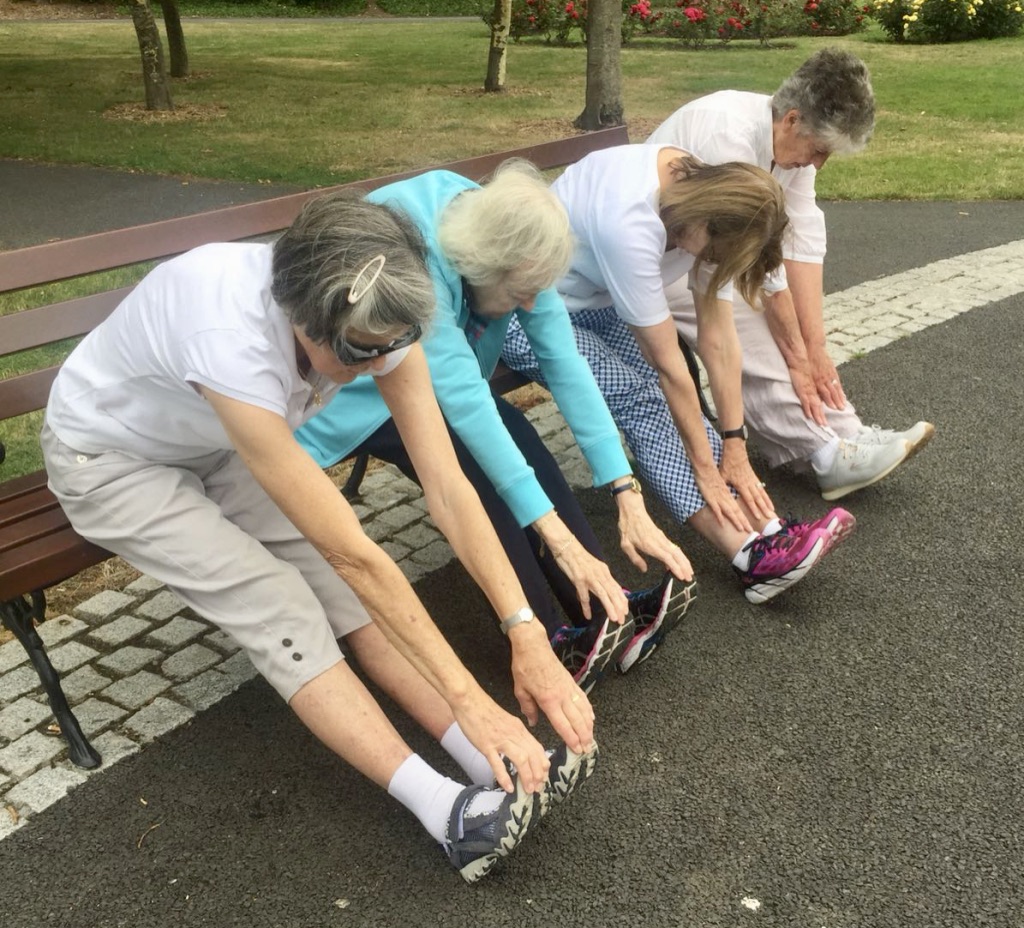We talk a lot about strength training exercises, and the advantages it presents for older adults. Yet, what about aerobic training? Aerobic exercise, also known as cardiovascular exercise (cardio), is a brisk exercise that promotes circulation of oxygen through the blood, and is associated with an increased rate of breathing. In other words, it is low to moderate intensity exercises that can be done consistently without stopping where you are able to still hold a conversation, whereas anaerobic exercise you cannot. Some examples include quick walking, biking, jogging, hiking, etc. As children, many people can remember doing these things with their friends, or family during their play time. Yet, as we get older we tend to stop doing aerobic exercise as it is no longer a priority and can be missing the vast benefits it holds.
Working aerobic exercise into a fitness routine for an older person has a big impact on the health of your lungs, heart, and overall bodily functions. During aerobic exercise, we breathe faster, and more deeply, increasing blood flow, and circulation throughout our body. This is important as it helps reduce unpleasant symptoms, such as pain, muscle cramps, numbness, digestive issues, and coldness in the hands, or feet.
Doing this type of workout regularly allows the entire pulmonary system to increase the amount of oxygen that the lungs can handle, toning the lungs, and the heart. By strengthening the heart, we are lowering our resting heart, and increasing our stamina. This means that our heart does not have to work as hard when doing day to day activities. On top of that, it aides in warding off viral illness by activating, and boosting our immune system, making us less susceptible to viruses like the flu. Not only does aerobic exercise help our physical well being, but it assists with our emotional state of mind. When participating in this type of exercise, we release something called endorphins, also known as happy hormones. When released, they promote an increased sense of happiness, as well as help with reducing pain.
Now with all this information, how do we put it into practice? The recommended amount of exercise for older adults is 150 minutes a week with a mix of cardio, and strength. An example of this is doing one strength training workout for 60 minutes, such as a Siel Bleu exercise class, and three aerobic training sessions such as a brisk walk for 35 minutes at a time. Remember, aerobic training is not a vigorous workout, and the intensity should be done at a rate where a conversation can be held. All in all, it does not matter what type of cardio is done, but that it is done consistently, and it is something that is enjoyable. So, walk, bike, swim, and reap the many benefits of aerobic training!
For more information on Siel Bleu programmes: https://www.sielbleu.ie/home/programmes/
Sources:
https://www.healthline.com/nutrition/foods-that-increase-blood-flow
https://www.mayoclinic.org/healthy-lifestyle/fitness/in-depth/aerobic-exercise/art-20045541
https://www.medicinenet.com/script/main/art.asp?articlekey=10182
https://www.medicalguardian.com/medical-alert-blog/fitness/the-importance-of-aerobic-exercise-for-seniors


